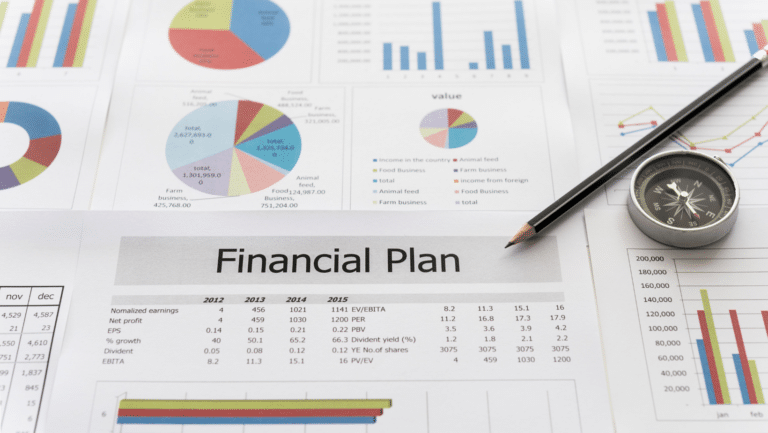August Financial Checklist: A Mid-Year Financial Tune-Up
As summer draws to a close and we head into the latter half of the year, August is the perfect time to give your finances a mid-year checkup. With back-to-school expenses looming, and the holiday season not too far off, getting your financial house in order now can help you stay on track for the…









